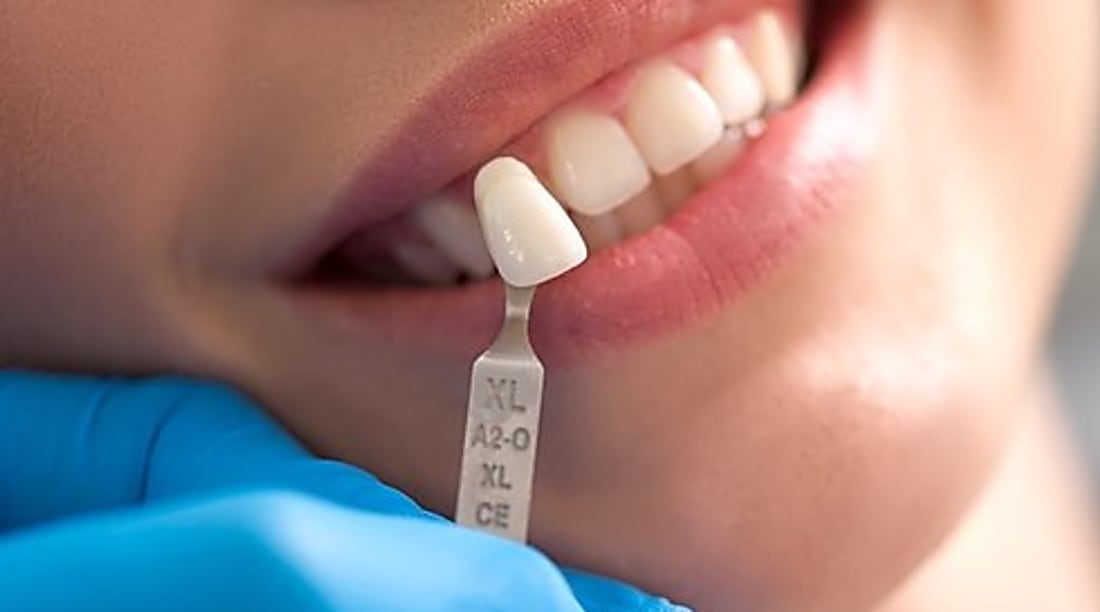Invisible Dentures: A Modern Solution for Missing Teeth
Invisible dentures offer a discreet and comfortable option for replacing missing teeth. Designed to blend naturally with your smile, they may improve daily function and confidence—often with a more aesthetic and lightweight alternative to traditional dentures.

What are invisible dentures and how do they work?
Invisible dentures, also known as flexible dentures or clear dentures, are a type of removable dental prosthetic designed to replace missing teeth. Unlike traditional dentures made from rigid acrylic, invisible dentures are crafted from a flexible, translucent material that closely mimics the appearance of natural gums and teeth. This material allows the dentures to blend seamlessly with the wearer’s existing teeth and gums, making them nearly undetectable to others.
The flexibility of the material used in invisible dentures offers several advantages. It allows for a more comfortable fit, as the dentures can adapt to the natural movement of the mouth. Additionally, the material is less likely to break or chip compared to traditional acrylic dentures, potentially increasing their longevity.
How do invisible dentures compare to traditional dentures?
When comparing invisible dentures to their traditional counterparts, several key differences emerge:
-
Appearance: Invisible dentures are designed to be virtually undetectable, while traditional dentures can sometimes look artificial or bulky.
-
Comfort: The flexible material used in invisible dentures often provides a more comfortable fit, reducing irritation and sore spots commonly associated with traditional dentures.
-
Durability: Invisible dentures are less prone to breaking or chipping due to their flexible nature, potentially lasting longer than traditional acrylic dentures.
-
Adaptability: The flexible material allows invisible dentures to adapt more easily to the natural movement of the mouth, which can improve speech and eating abilities.
-
Cost: Invisible dentures may be more expensive than traditional dentures due to the advanced materials and technology used in their production.
Can invisible dentures replace all missing teeth?
Invisible dentures can be used to replace multiple missing teeth, and in some cases, can even serve as full dentures. However, the suitability of invisible dentures depends on individual circumstances and the extent of tooth loss. For those missing only a few teeth, partial invisible dentures may be an excellent option. These can be designed to blend seamlessly with existing natural teeth, providing a discreet and comfortable solution.
For individuals who have lost all of their teeth, full invisible dentures are available. These offer the same benefits of discretion and comfort as partial invisible dentures but replace the entire arch of teeth. It’s important to note that in cases of extensive tooth loss, your dentist may recommend alternative solutions such as implant-supported dentures for optimal stability and function.
How do invisible dentures differ from invisible dental aligners?
While both invisible dentures and invisible dental aligners aim to improve dental aesthetics discreetly, they serve different purposes:
-
Function: Invisible dentures replace missing teeth, while invisible dental aligners are used to straighten existing teeth.
-
Removability: Both are removable, but invisible dentures are typically removed for cleaning and sleeping, while aligners are worn for most of the day and night.
-
Treatment duration: Invisible dentures are a long-term solution for missing teeth, while aligners are a temporary treatment used to achieve teeth alignment.
-
Customization: Both are custom-made, but invisible dentures replicate missing teeth, while aligners are designed to gradually move existing teeth into the desired position.
-
Material: Invisible dentures are made from flexible, gum-colored materials, while aligners are typically made from clear, rigid plastic.
What are the benefits and limitations of invisible dentures?
Invisible dentures offer several advantages:
-
Improved aesthetics: Their translucent and flexible nature allows for a more natural appearance.
-
Enhanced comfort: The flexible material reduces irritation and adapts to mouth movements.
-
Better fit: They often provide a more secure fit compared to traditional dentures.
-
Increased confidence: The discreet nature of invisible dentures can boost self-esteem.
-
Durability: They are less likely to break or chip than traditional acrylic dentures.
However, there are also some limitations to consider:
-
Cost: Invisible dentures are often more expensive than traditional options.
-
Limited availability: Not all dental practices offer invisible dentures.
-
Potential for staining: The material may be more prone to staining than traditional dentures.
-
Adjustment period: As with any dentures, there may be an initial adjustment period for speech and eating.
How much do invisible dentures cost and where can you get them?
The cost of invisible dentures can vary significantly depending on factors such as the number of teeth being replaced, the materials used, and the dental practice providing the service. Generally, invisible dentures tend to be more expensive than traditional dentures due to the advanced materials and technology involved in their production.
Here’s a comparison of estimated costs for different types of dentures:
| Type of Denture | Provider | Cost Estimation |
|---|---|---|
| Invisible Dentures | Specialized Dental Clinics | $2,000 - $4,000 per arch |
| Traditional Acrylic Dentures | General Dentists | $600 - $1,500 per arch |
| Implant-Supported Dentures | Oral Surgeons/Prosthodontists | $5,000 - $15,000 per arch |
Prices, rates, or cost estimates mentioned in this article are based on the latest available information but may change over time. Independent research is advised before making financial decisions.
To obtain invisible dentures, you’ll need to consult with a dentist who specializes in this type of prosthetic. Not all dental practices offer invisible dentures, so you may need to search for a provider in your area. Many cosmetic dentistry practices and prosthodontic specialists are more likely to offer this advanced denture option.
When considering invisible dentures, it’s essential to schedule a consultation with a qualified dentist to discuss your specific needs, assess your oral health, and determine if invisible dentures are the best solution for your situation. Your dentist can provide a more accurate cost estimate based on your individual case and guide you through the process of obtaining your new invisible dentures.




